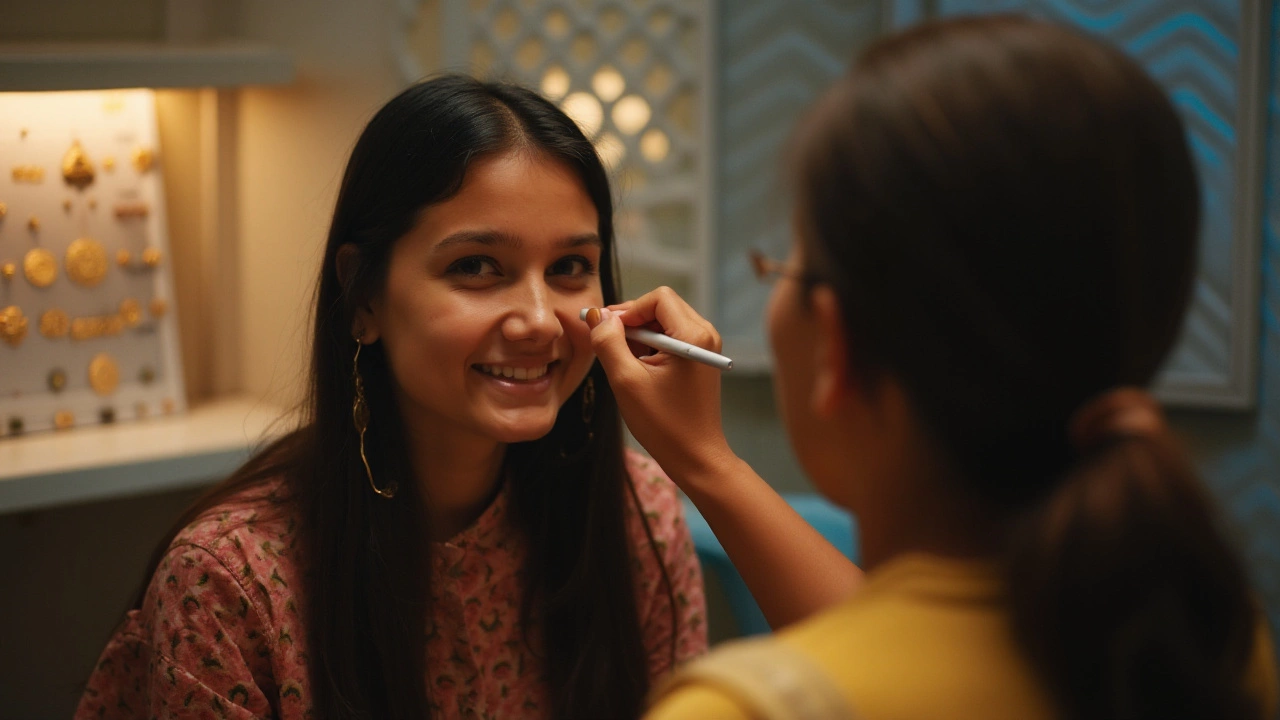All About Nose Piercing Pain
When dealing with nose piercing pain, the soreness that follows a fresh nostril puncture. Also known as piercing soreness, it signals how the body reacts to a new opening. The same tag often brings up related items like nose pin, a small ornamental stud placed in the nostril and nose ring, a hoop‑style jewellery that circles the piercing. Understanding these pieces helps you see why some people feel more discomfort than others. nose piercing pain involves nerve sensitivity, and the choice between a pin or a ring can directly influence that feeling.
First, let’s look at facial anatomy, the network of nerves, blood vessels and cartilage in the nose area. The nostril houses several tiny nerve endings that trigger the sharp sting you notice right after the needle pierces the skin. When those nerves are irritated, the brain registers it as pain. The cartilage surrounding the nostril is less vascular than the outer skin, meaning it heals slower and can keep the soreness lingering. Knowing that "nerve irritation" is a core part of the experience clarifies why even a well‑placed hole can still hurt for days. Moreover, the thickness of the cartilage varies by person, so some folks naturally endure less pain while others feel a prolonged ache.
Aftercare Matters: Reducing the Discomfort
Next up is piercing aftercare, the routine cleaning and protection steps after getting a nose piercing. Proper aftercare can dramatically cut down on soreness. A gentle saline rinse twice daily keeps bacteria out and soothes inflamed tissue, which in turn lowers the chance of infection—a major culprit behind escalating pain. Avoid touching the jewelry with unwashed hands, because introducing germs triggers the immune system and adds another layer of irritation. Using a hypoallergenic cleanser instead of harsh alcohol or peroxide also prevents the skin from drying out, a condition that makes the area more sensitive. In short, consistent aftercare mitigates nose piercing pain by keeping the wound clean and the surrounding nerves calm.
Choosing the right jewellery is the final piece of the puzzle. A lightweight, high‑quality nose pin made from surgical steel or titanium reduces the weight pulling on the fresh hole, which lessens the tugging sensation that can aggravate nerves. On the other hand, a bulky nose ring may create extra friction against the inner cartilage, extending the discomfort period. Many piercers recommend starting with a straight stud for the first few weeks, then switching to a ring once the tissue has fully settled. This switch‑strategy shows how selecting appropriate jewellery directly impacts the level of pain you feel. By aligning the right piece with your anatomy and following solid aftercare, you can keep nose piercing pain to a minimum and enjoy your new look without constant throbbing.
Below you’ll find a range of articles that dive deeper into each of these topics—whether you’re curious about the cultural meaning of nose pins, need tips on handling pain after a fresh piercing, or want to compare the comfort of different jewellery styles. Armed with this background, you’ll be better prepared to pick the perfect piece and manage any soreness that comes your way.
